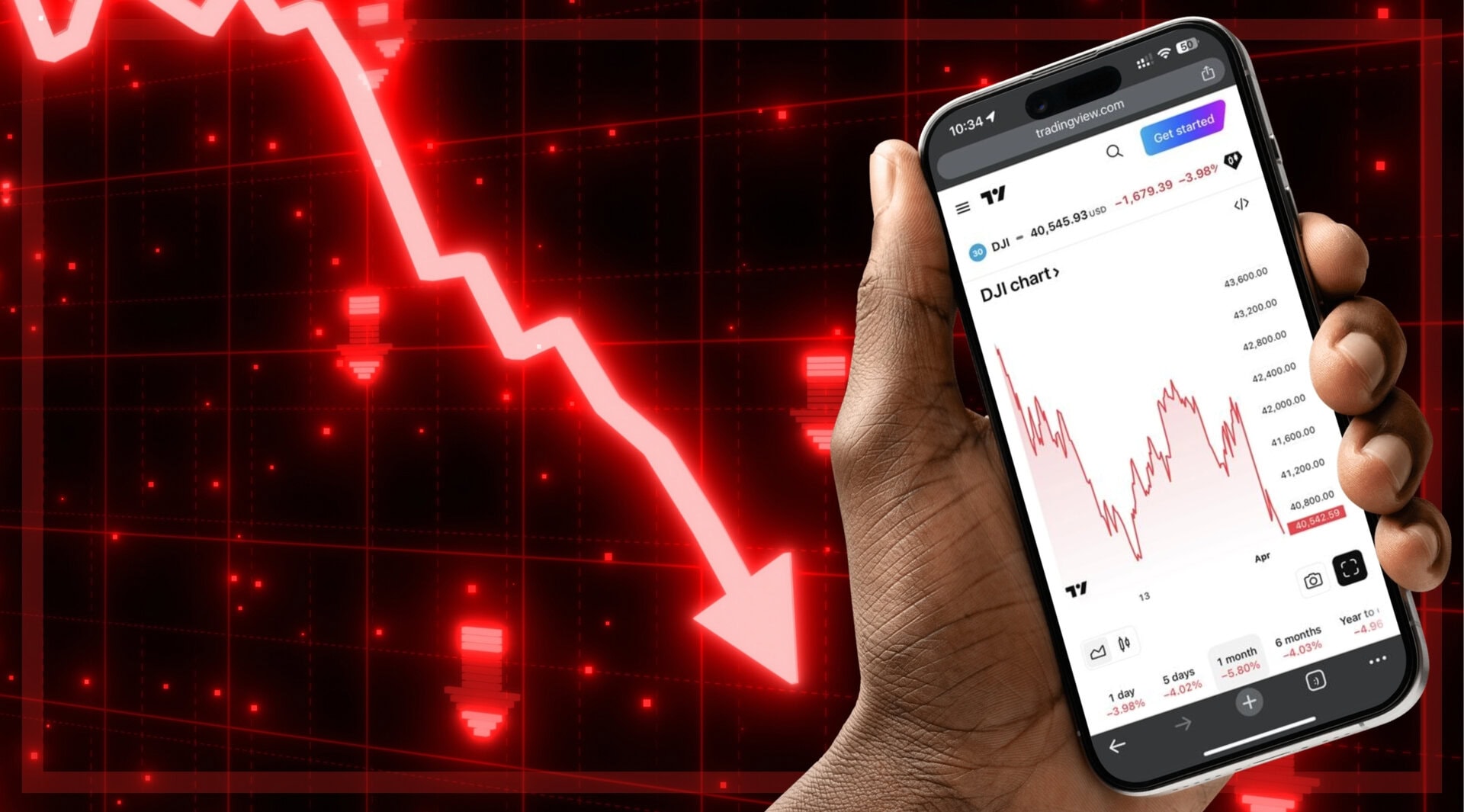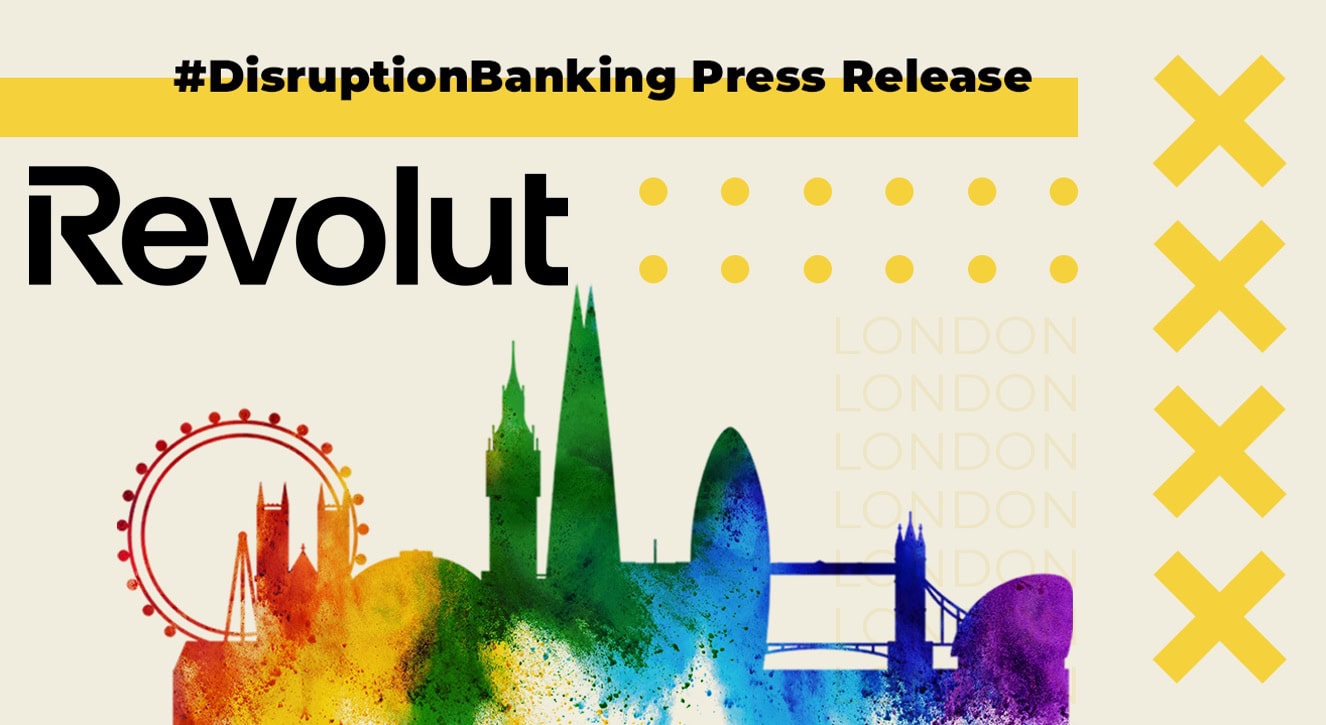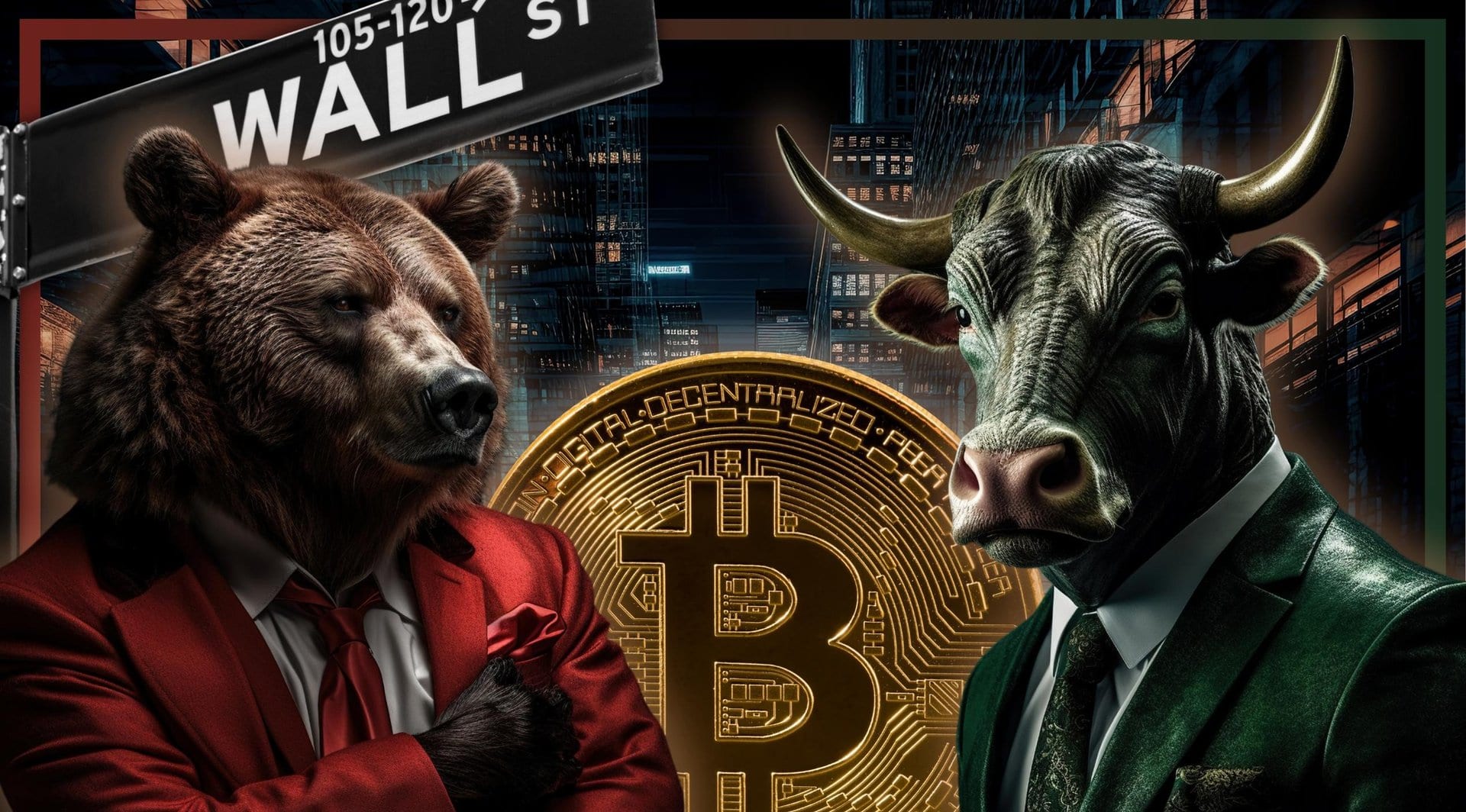Uniswap was a unique experiment in decentralised finance (DeFi). Built on the Ethereum blockchain, Uniswap ranks among the first decentralised exchange (DEX) projects in the Web3 space. But now it has also emerged as a significant player in the cryptocurrency domain.
Through its contract-based framework, Uniswap facilitates trades directly between users, ensuring a high degree of decentralisation. Instead of relying on traditional order books, Uniswap operates on liquidity pools established by liquidity providers, enabling seamless token swaps for any ERC-20 tokens.
Launched in 2018, Uniswap grew remarkably. It received attention from both retail investors and institutional players. In this piece, we’ll explore the recent developments surrounding Uniswap, examine the factors influencing its prominence, and speculate on its future trajectory.
NEWS: Institutions’ access to DeFi liquidity gets a boost from latest Uniswap Labs partnershiphttps://t.co/o8DrGBI6Ae
— Blockworks (@Blockworks_) November 30, 2023
Rapid Ascendance and Market Dynamics
Uniswap started its journey as an innovative DEX protocol built on the Ethereum blockchain, and it quickly gained traction within the crypto community. Its automated market maker (AMM) model allows users to trade without relying on traditional order books, and has democratised access to liquidity provision and trading services.
Uniswap has received over $920 million in trading fees since its inception, making it the highest generating DeFi protocol despite controversies surrounding fee distribution. Uniswap’s growth is evident in its trading volumes across its three versions, with Uniswap V3 quickly surpassing V2. V3’s success can be attributed to its improved capital efficiency and low 0.05% fee pools, leading to increased adoption and competition with centralised exchanges like Coinbase and Binance.
Despite being priced at a discount relative to its revenues compared to centralised counterparts, Uniswap remains highly efficient in terms of volume per liquidity and revenue per employee. As Uniswap deploys V3 onto layer 2, competition with centralised exchanges is expected to intensify, potentially exceeding $1 billion in fees generated. The protocol continues to evolve through community-driven initiatives, including grants awarded by the Uniswap DAO, with a substantial treasury likely to drive further innovation in the crypto space.
Its native token, UNI, witnessed a surge in value during the DeFi summer of 2020, propelled by a surge in decentralised finance activity and yield farming opportunities. But like many cryptocurrencies, UNI also faced periods of correction and volatility.
NEWS: Uniswap Foundation to receive $46.2 million from Uniswap DAOhttps://t.co/KFMOQWj42I
— Blockworks (@Blockworks_) October 17, 2023
Like Dogecoin’s diehard community on platforms like Reddit and Twitter, Uniswap boasts a vibrant ecosystem of developers, traders, and enthusiasts. As mentioned earlier, community-driven initiatives like governance proposals, liquidity mining programs, and decentralised autonomous organization (DAO) governance, all played a pivotal role in shaping Uniswap’s evolution and adoption.
Future Trajectories for Uniswap
The latest data reveals that Uniswap’s current price stands at $11.25, placing it within the crypto ecosystem’s top twenty. With a circulating supply of $6,736,612,764.32 and a market cap of 598,736,140 UNI, the crypto has experienced a modest increase of $0.04 in the past 24 hours. Over the past week days, UNI has seen a significant 20.62% increase, indicating strong potential for investment. Moreover, over the last month, UNI has surged by 47.56%, with an average increase of $5.35, suggesting it may become a solid asset if its growth continues.
Various predictions are circulating in the crypto-verse concerning Uniswap’s future and it’s hard to ascertain how UNI’s journey will fare in the remaining months of 2024. However, despite current uncertainties, some trends offer insights into potential scenarios for Uniswap’s future.
Continued innovation, like Uniswap’s v3 features, are likely to attract users seeking efficient trading solutions. Also, regulatory challenges are big predictors as DeFi protocols face increased scrutiny, potentially impacting operations and user experience. Integration with traditional finance through partnerships could enhance liquidity provision and interoperability.
However, it’s good to remember that Uniswap’s price movements remain vulnerable to market sentiment, macroeconomic trends, and geopolitical events, potentially leading to short-term volatility reminiscent of Dogecoin’s surges.
Author: Makinde Adeniyi
The editorial team at #DisruptionBanking has taken all precautions to ensure that no persons or organisations have been adversely affected or offered any sort of financial advice in this article. This article is most definitely not financial advice.














